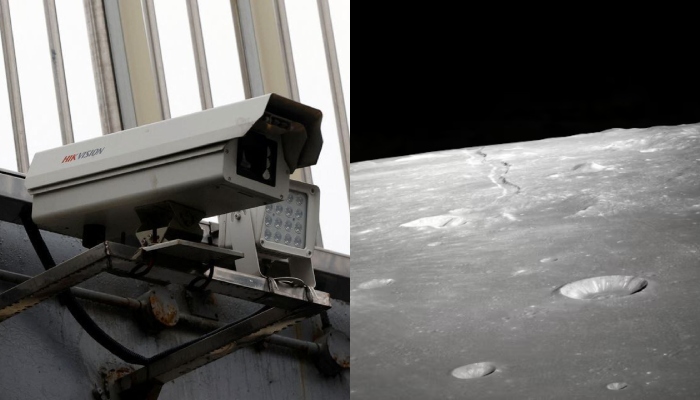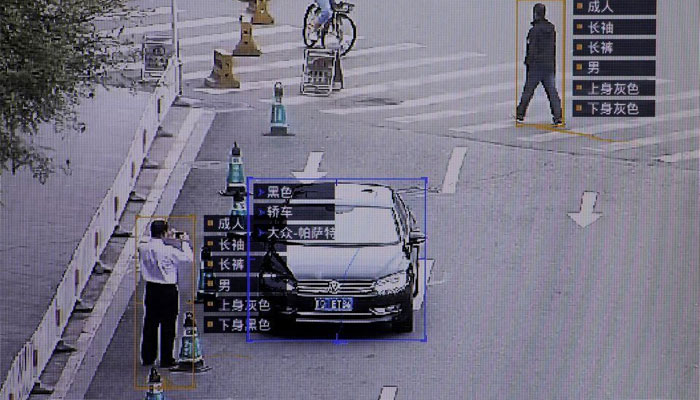China to install surveillance system bigger than Disneyland on moon
China preparing surveillance system to safeguard its planned lunar base, according to its space agency
March 05, 2024

China is ambitiously planning to build a lunar base of substantial proportions on the moon, surpassing even the grand size of Disneyland, Daily Mail reported.
The foundation of this lunar project will be fortified by an expansive surveillance system, known as Skynet, renowned for its meticulous monitoring across the nation.
With an impressive network boasting over 600 million cameras, the lunar Skynet aims to safeguard the lunar base by meticulously scrutinizing its surroundings.
The lunar surveillance system will be equipped with advanced artificial intelligence (AI) and will employ cameras proficient in identifying, tracking, and targeting suspicious activities within the proposed International Lunar Research Station.
The Chinese Academy of Sciences, China Aerospace Science and Technology Corporation, and Zhejiang University have published a paper stating that if abnormalities are detected, the system will generate alarm signals and initiate appropriate response measures, but specifics on these measures remain undisclosed.

The lunar research station, with plans for a sprawling four-mile radius, is envisioned to house vital facilities such as a command centre, power station, communication hub, and extensive research facilities.
Construction of this giant station will commence within the coming years, with an initial setup utilizing moon soil targeted for completion by 2028.
To further bolster their lunar endeavours, Chinese experts, led by Ding Lieyun from the Chinese Academy of Engineering, are developing innovative technologies like the "Chinese Super Masons" robot.
This robotic marvel is tasked with forming bricks from lunar soil, a pivotal step towards constructing habitable structures on the moon.
"Building a habitat on the moon is needed for long-term lunar explorations, and will certainly be realised in the future," Ding said, acknowledging the difficulty of achieving it in the short term.
China also plans to retrieve soil samples from both near and far sides of the moon following the success of the Chang'e-5 mission in 2020, which acquired samples from the near side.
China is poised to embark on missions targeting the far side as early as 2025.









